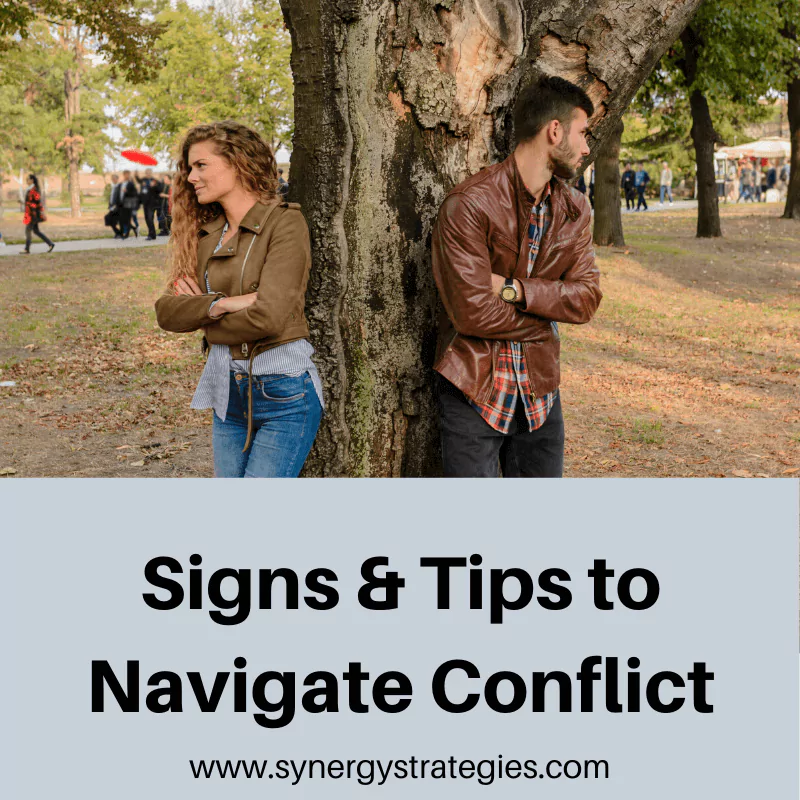With the wind like it was, it was no mystery, we were in for a storm. The sky was dark and gray. The clouds stretched across the sky, forming a dark blanket over the community. The air was still. An eerie quietness was deafening. Living things intuitively took refuge from a rage that was about to unleash.
Watching storms is intriguing. I love the smell when it starts to rain. I am fascinated by the show that the thunder and lightning put on. I was impressed with how wind could come from nowhere and move whatever it pleased like an invisible hand.
I started storm-watching when I was young. My grandpa loved storms. When they would roll in, he would sit on the front stairs of their home and watch. He grew up on a farm and could tell you the weather just from looking at the sky. He was insightful and accurate. I appreciated his skill and wisdom from years of experience. There was nothing to fear. I knew what to look for and how to react to it.
Storms remind me of conflict. Here is why.
- Where they come from: Conflicts can brew in a short period of time. Others form slowly. Some simply come out of nowhere.
- How they show up: Some conflicts are like a quick shower, a quick burst then gone before you know it. Others you can see coming, hearing their howl, anticipating with anxiety their arrival.
- What they produce: Some conflicts have lots of thunder (volume) and lightning (visibility), but pass without destruction. Others strike and set fire unexpectedly, burning or destroying what it hits. Some conflicts like rain, have mixed results. Too much rain can flood and ruin; the right amount can nourish and strengthen.
- How they work: Storms are inevitable; as is conflict. Sometimes you can avoid or outrun them, but usually, you have to observe, understand, and face them. Like a storm, conflict has the power that has to be unleashed. The storm is not bad or wrong, just a result of nature. While the impact can be mild to insignificant to completely destructive, it serves a purpose.
- What happens after: The sun through the clouds shows light will return in the darkness. Combined with water droplets, a rainbow promises life will continue. The restoration that happens after the storm of conflict can strengthen and deepen a relationship.
Conflict is really an emotional people storm. Few enjoy conflict, even if they are trained to address it. Conflict can be very destructive, like a hurricane or a tornado. At times it is a small storm that passes by without much damage. Either way, we must recognize and address conflict to come through it stronger.
As humans, we see the world differently. We have unique agendas and needs. We have different interests, passions, and goals. We are selfishly wired and naturally destined to see the world from our point of view and through our filters. This inevitably sets humans up for conflict.
Like the GREEN band on the radar, some conflicts are small. Your spouse forgets to get an item at the grocery store or comes home late. A child who doesn’t pick up their shoes or a neighbor who is unfriendly. These small incidents can hurt feelings, communicate messages that are unintended, and set off overreactions, but are quickly resolved and peace restored.
Some issues become YELLOW and ORANGE storms, more significant with the potential for greater damage. Examples might be a marriage argument over finances, a strong disagreement about an upcoming family event, strong differences about raising kids, or differences in political or religious views. These conflicts can start small but have the potential of growing in size and magnitude, depending on conditions and circumstances.
RED spots are significant conflicts. They force one to pause and respect the situation. They cannot be ignored and are felt whether you want to or not. They move you from in control to out of control and force you to be alert and ready to respond. These storms can cause great damage and create lasting change. Red storms trigger deep values, beliefs, and attachments, erupting with intensity and fury.
Be ready for the storms of conflict.
- Don’t walk away from a brewing storm. Look at it to understand it. Most people don’t like conflict and avoid it. That is often a recipe for a red storm to form.
- Watch the sky. People give off non-verbal, verbal, and energetic clues when something is brewing. It isn’t about being a mind reader. Be present, aware, and engaged with those around you. If you are, you will feel the storm brewing and be able to quickly take the next step.
- Learn from the wind. Just like the wind of a storm informs, so do the movements of people. If you check in and dialogue you can get better information on the size and magnitude of the storm. Ask questions. Be curious. Don’t take things personally. Notice what is happening around you.
- Understand the weather. Seek to understand. What is important to this person? What are their values? What might be going on for them? Not that you are mind-reading, but intentionally putting yourself in their shoes to see things from their perspective.
- Anticipate blows. Conflict can be ugly. Mean and harsh words fly. Fires can flare. Know how to disengage, calm down, and diffuse.
- Prepare. Think before you speak. Be mindful of your words. Be present to your feelings, etc.
- Restore. Don’t give up. Allow the sun and healing to happen too. Don’t stay or leave in the anger. Work to restore life and hope to the relationship.
Conflict is tough. Mastery is rare. Weather the storm and know it is part of the cycle of human relationships. Don’t fear it, rather learn to navigate it and find strength through it.






